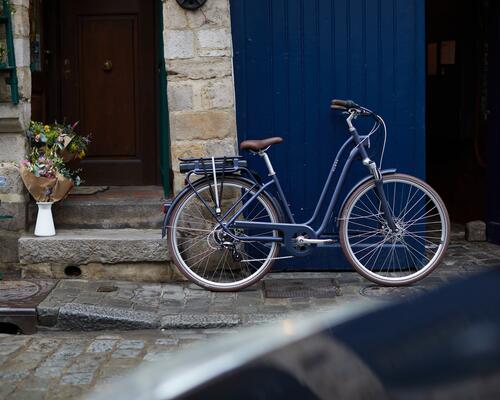At what age are kids ready to learn to ride a bike safely, without training wheels? How to teach a 3-year-old to ride a bike?
1/ Equipment: A helmet is mandatory!
A bike helmet is of the utmost importance for kids, especially when they are learning to ride. The risk of falling is high, so it's best to take the necessary precautions and provide your child with the best protection.
2/ choosing the right location
For your children's safety, it's important to practice bike exercises away from traffic and busy streets. Try a small neighbourhood with little traffic or a private parking lot without vehicles.
3/ Learning to brake properly
Please remember, for optimal braking, the ideal ratio is 1/3 pressure on the back brake and 2/3 pressure on the front brake. Don't forget to explain this step to your kids.







